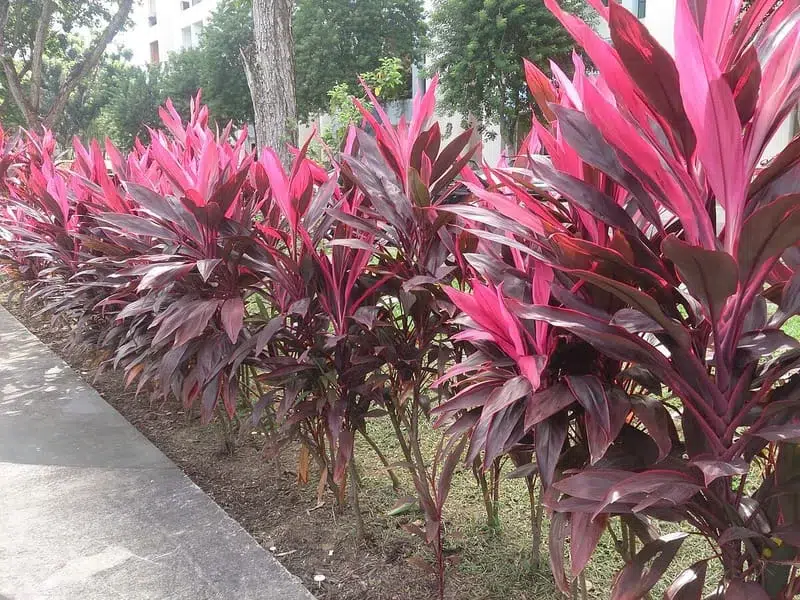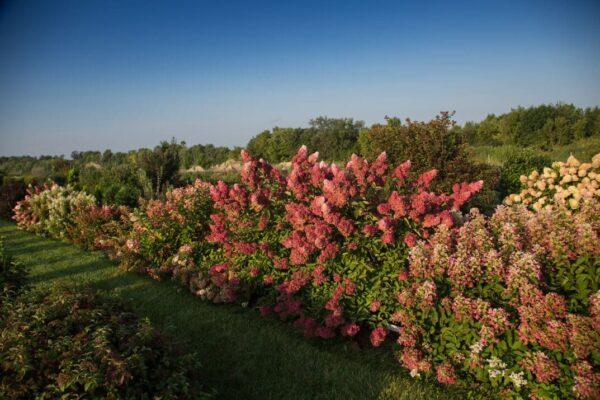Introduction
Are you looking to transform your garden into a tropical paradise? Look no further than Cordyline, the secret to adding exotic and vibrant vibes to your outdoor space. In this article, we’ll explore the world of Cordyline plants, their varieties, care tips, and how they can elevate the aesthetics of your garden. Get ready to embark on a journey to create your very own tropical oasis.
What Is Cordyline?
Cordyline is a genus of flowering plants known for their striking foliage and tropical appearance. These plants belong to the Asparagaceae family and are native to various regions, including Southeast Asia, Australia, and the Pacific Islands. With their vibrant, colorful leaves and tall, palm-like stems, Cordylines can add an instant touch of the tropics to any garden.
Varieties of Cordyline
Cordyline comes in a variety of species and cultivars, each with its unique characteristics. Here are some popular Cordyline varieties:
1. Cordyline Australis
Also known as the Cabbage Tree, Cordyline Australis is one of the most recognizable Cordyline species. It features long, sword-shaped leaves that come in various shades of green and burgundy. This hardy plant can thrive in a range of climates.
2. Cordyline Fruticosa
Commonly referred to as Ti Plant, Cordyline Fruticosa is known for its vibrant and colorful leaves. The foliage can be red, pink, purple, or green, making it a favorite choice for adding a pop of color to gardens.
3. Cordyline Stricta
Cordyline Stricta is characterized by its narrow, arching leaves that grow in a clump. It’s an excellent choice for those with limited garden space, and its striking appearance adds an elegant touch to any landscape.
Planting and Care Tips
Now that you’re familiar with some Cordyline varieties, let’s delve into how to plant and care for these tropical gems.
1. Select the Right Location
Cordylines thrive in well-draining soil and love plenty of sunlight. Choose a spot in your garden that receives at least six hours of direct sunlight daily.
2. Planting Cordyline
When planting Cordyline, ensure the hole is deep enough to accommodate the root ball. Water the plant thoroughly after planting to help it establish its roots.
3. Watering
Cordylines prefer consistently moist soil, so regular watering is essential, especially during dry spells. However, be careful not to overwater, as they don’t tolerate waterlogged soil.
4. Fertilizing
Feed your Cordyline with a balanced, slow-release fertilizer during the growing season (spring and summer) to promote healthy growth and vibrant foliage.
5. Pruning
Prune dead or damaged leaves to maintain the plant’s appearance and overall health. Trim the lower leaves to encourage upward growth.
6. Protection from Frost
If you live in an area with frosty winters, consider protecting your Cordylines with frost cloth or bringing them indoors during the cold season.
Enhancing Your Garden with Cordyline
Cordylines are not just beautiful; they offer several benefits for your garden:
- Aesthetic Appeal: The stunning foliage of Cordylines adds a touch of the tropics to your garden, making it visually appealing.
- Privacy: Cordylines can serve as natural screens or hedges, providing privacy and shelter.
- Low Maintenance: These plants are relatively low maintenance and can thrive with minimal care.
- Attracts Wildlife: Cordylines may attract birds and butterflies to your garden, enhancing its ecological diversity.
Conclusion
Incorporating Cordyline plants into your garden is a fantastic way to bring the allure of the tropics to your doorstep. With their vibrant colors, easy care requirements, and versatility, Cordylines can be the secret ingredient to transforming your outdoor space into a tropical paradise. So, go ahead and plant some Cordylines to enjoy the lush beauty of the tropics right in your own backyard.
FAQs
1. Can Cordylines survive in cold climates?
Cordylines are more suited for warmer climates, but with proper protection, they can survive in colder regions.
2. How often should I fertilize my Cordyline?
Fertilize your Cordyline during the growing season (spring and summer) with a balanced fertilizer.
3. Do Cordylines require a lot of water?
Cordylines prefer consistently moist soil, so regular watering is essential, but avoid overwatering.
4. Are Cordylines prone to pests and diseases?
While Cordylines are generally hardy, they can be susceptible to pests like aphids and mealybugs. Regular inspection and treatment may be necessary.
5. Can I grow Cordylines indoors?
Yes, you can grow certain Cordyline varieties indoors, provided they receive adequate sunlight and care.





